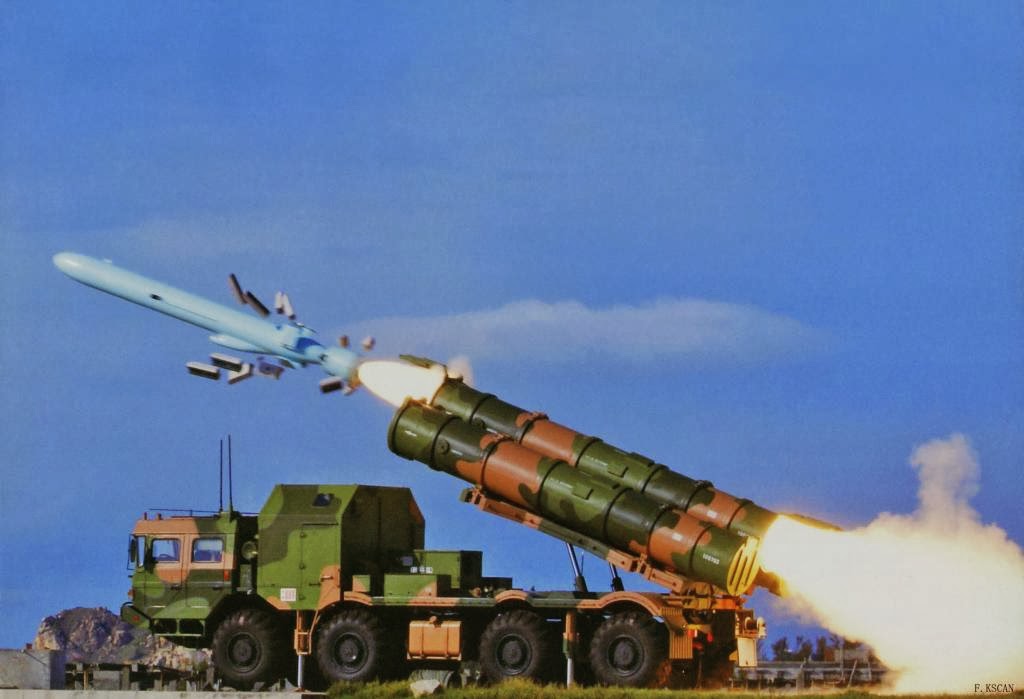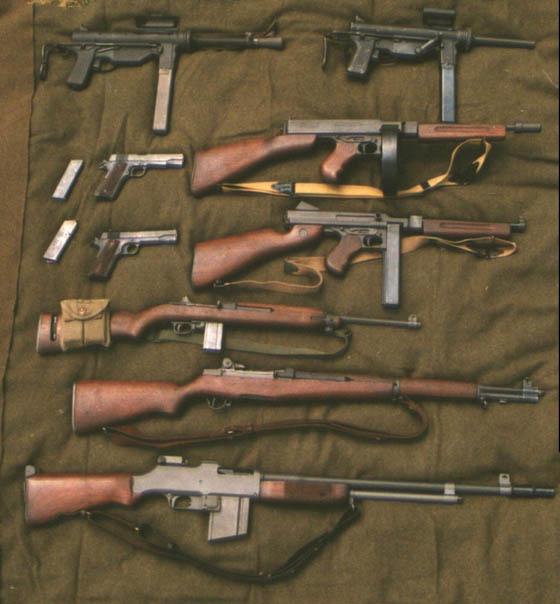Weapons Of War


This series will describe some of the main weapons and equipment items used by the United States Military member. This series will describe some of the main weapons and equipment items used by the United States Military member. Poker Converter Tool.
You might think the Civil War was only fought with muskets, bayonets and cannons, but those weren’t the only deadly weapons to haunt the battlefields of the 1860s. The war came in the wake of the Industrial Revolution, and both the Union and the Confederacy experimented with strange and often gruesome new combat technologies. From early machine guns to 19th-century siege weapons, find out more about eight unconventional Civil War armaments. Hand grenades Civil War soldiers were known to make jury-rigged explosives using assortments of fuses and gunpowder, but the conflict also saw advances in the design and manufacture of hand grenades. The most popular model was the Union-issued Ketchum grenade, a projectile explosive that was thrown like a dart. The grenades came in one-, three- and five-pound models equipped with stabilizer fins and a nose-mounted plunger.
Upon impact, the plunger would detonate a percussion cap and ignite a deadly supply of gunpowder. While a novel idea, the explosives didn’t always work as intended. In fact, when they were bombarded with Ketchum grenades during an 1863 siege at Port Hudson, Louisiana, Confederate soldiers reportedly used blankets to catch the explosives before throwing them back at their hapless attackers. Rockets Rocket launchers might seem like a 20th-century phenomenon, but they made a few appearances on Civil War battlefields. Confederate forces reportedly experimented with Congreve rockets, a British-designed explosive that had previously seen action in the War of 1812. These weapons resembled large bottle rockets and were so inaccurate that they never saw widespread use. Meanwhile, Union forces employed the Hale patent rocket launcher, a metal tube that fired seven- and 10-inch-long spin stabilized rockets up to 2,000 yards.
While a vast improvement on the Congreve, these projectiles were still quite unwieldy, and were only generally used by the U.S. Machine guns Colt revolvers and Springfield muskets were the Civil War’s most popular firearms, but the era also gave rise to some of the earliest machine guns. Of these, perhaps none is more infamous than the Gatling gun, a six-barreled piece that was capable of firing up to 350 rounds a minute. Government never ordered the Gatling in bulk, but Union General Benjamin Butler privately purchased several of the intimidating weapons in 1863 and later used them during the Petersburg Campaign. Other rapid-fire guns included the Williams gun—a Confederate breechloader first unveiled at the Battle of Seven Pines in 1862—and the Billinghurst-Requa battery gun, which consisted of 25 rifle barrels arranged side by side. Viewed as too inefficient and unwieldy for infantry combat, these weapons were generally used for guarding bridges and other strategic locations. Landmines Mines—or “torpedoes,” as they were then known—were largely a Confederate weapon.
Originally developed by General Gabriel J. Rains, these antipersonnel explosives were typically iron containers rigged with gunpowder, a fuse and a brass detonation cap. Rains first used the subterranean booby traps in 1862 during the Peninsula Campaign, and later buried thousands more around Richmond and in various parts of the Deep South. In fact, some of these still-active landmines were only recovered in Alabama as recently as the 1960s. While they proved an intimidating method of psychological warfare, landmines were often viewed as an unethical form of combat.
Union General George B. McClellan denounced them as “barbarous,” and Confederate General James Longstreet briefly banned their use.
Perhaps their most vociferous critic was Union General William T. Sherman, who lost several troops to underground landmines during his famous March to the Sea. Decrying the use of mines as “not warfare, but murder,” Sherman reportedly forced his Confederate prisoners to march at the head of his column so that they might trigger any hidden “land torpedoes.” Underwater mines Along with landmines, the Civil War was also a major testing ground for underwater mines. Both sides mined harbors and rivers with torpedoes, but the Confederacy enjoyed greater success. Starting in 1862 with the sinking of the ironclad Cairo, Confederate torpedoes destroyed dozens of Union ships and damaged several others. Union torpedoes, meanwhile, only sank six Confederate Navy vessels. The rebels owed their skill at underwater warfare in part to Matthew Fontaine Maury, an oceanographer who first demonstrated the use of mines in 1861.